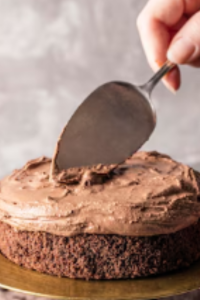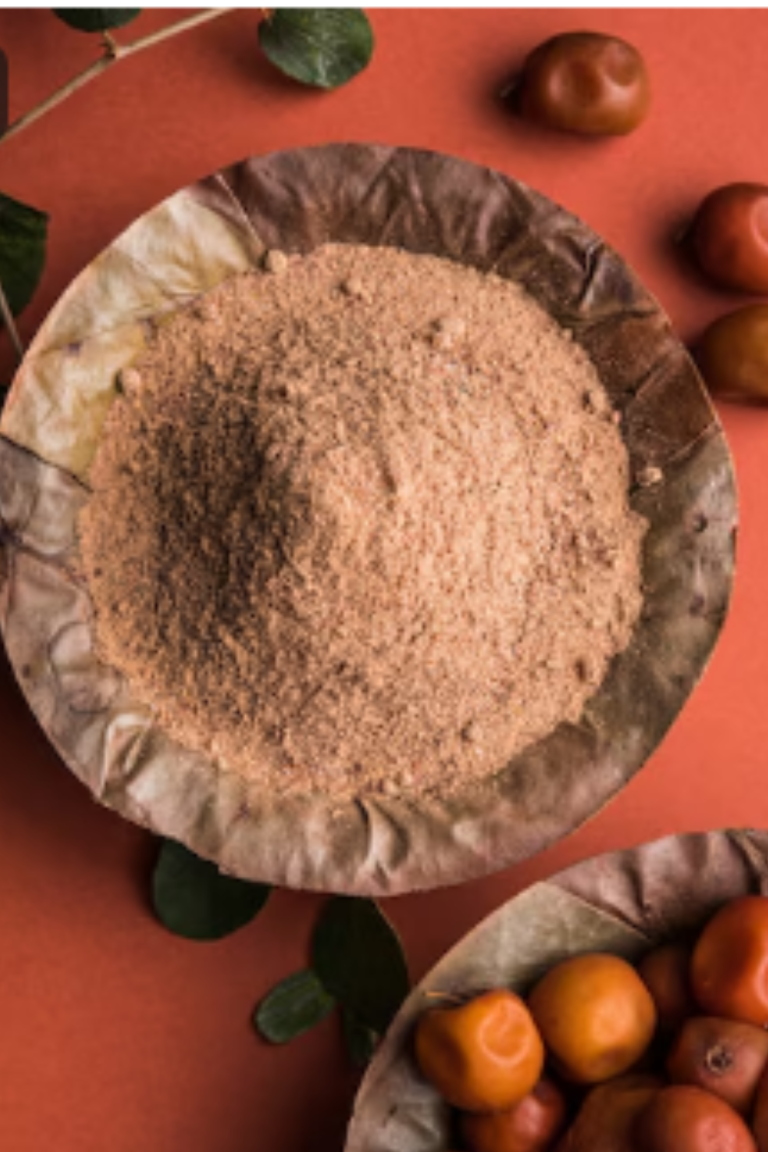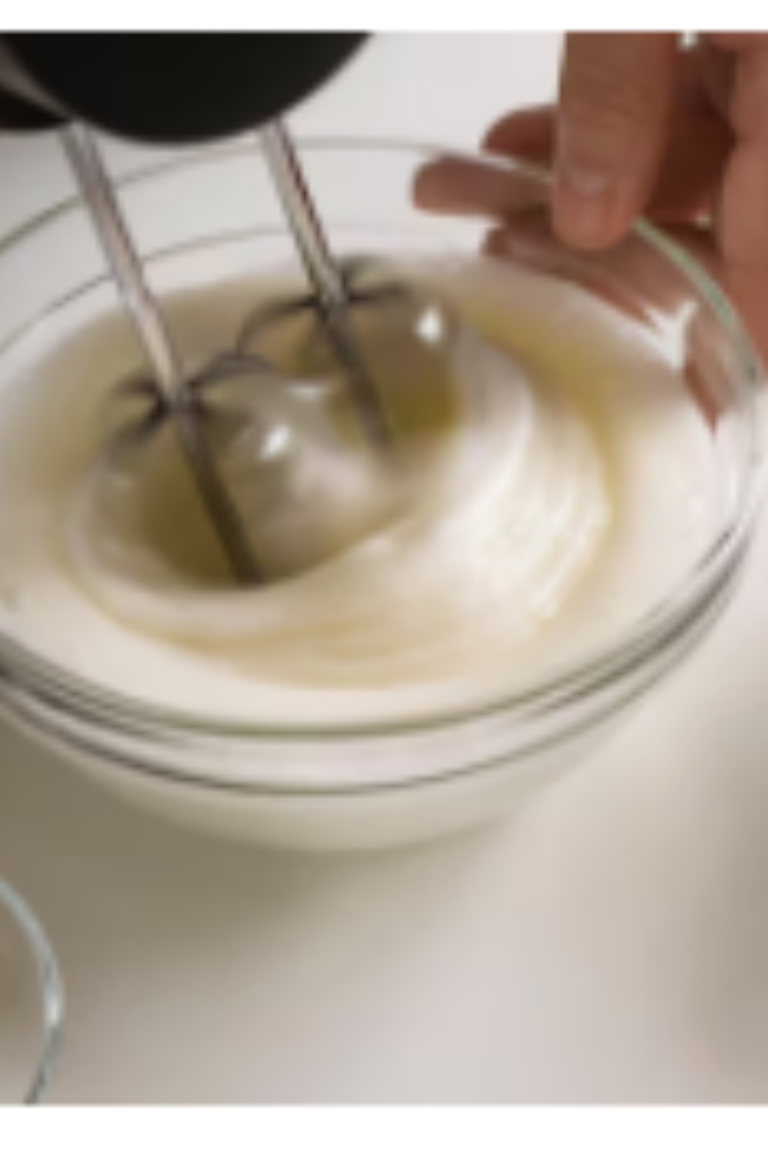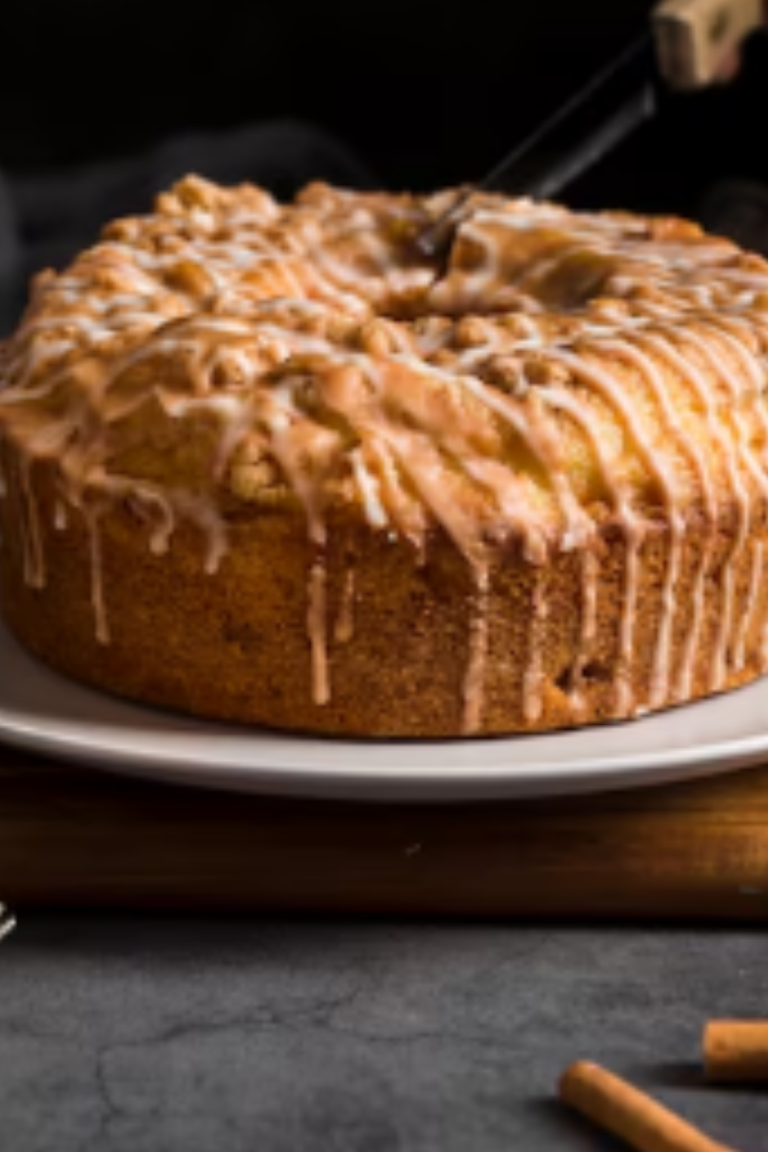FL: Flavoring role in cakes Explained
In this topic, I’m going to talk about flavoring in baking, drawing from my own personal experience.
Flavoring in Baking: What’s Its Role in Cakes?
Flavoring is a key ingredient that adds depth and character to baked goods like cakes. It goes beyond just making something taste good it enhances the overall sensory experience of your favorite treats. When I think about flavoring, I envision a world of possibilities where vanilla, almond, citrus, and chocolate extracts transform simple batters into delightful confections. Check out the right Flavor, cake tools, and ingredients that you need here.

Understanding Flavoring
Flavoring refers to concentrated extracts or essences derived from natural sources like fruits, nuts, spices, and even synthetic compounds. These extracts are potent and designed to impart specific tastes and aromas to baked goods. For instance, vanilla extract, one of the most popular flavorings, gives cakes a rich, sweet, and aromatic profile that elevates their taste.
Types of Flavorings
- Vanilla Extract: Made from vanilla beans soaked in alcohol, vanilla extract is versatile and used in a wide range of cake recipes. It adds a warm, comforting flavor that complements both chocolate and fruit-based cakes.
- Almond Extract: Derived from almond nuts, this extract lends a distinct nutty and sweet taste to cakes. It pairs exceptionally well with recipes featuring cherries or peaches.
- Citrus Zest: While not an extract, citrus zest (such as lemon or orange) provides a fresh, tangy flavor that brightens up cakes. It’s often used in conjunction with extracts to enhance complexity. Check out the right Flavor, cake tools, and ingredients that you need here.
Incorporating Flavorings in Cakes
When adding flavorings to your cakes, a little goes a long way. Typically, recipes specify the amount of extract needed, usually in teaspoons or tablespoons. It’s crucial not to overpower the cake with too much extract, as it can become overwhelming or bitter.
Enhancing the Flavor
To maximize the flavor impact of your cakes:
- Quality Matters: Opt for high-quality extracts to ensure robust flavor.
- Balance Flavors: Experiment with combinations like vanilla and almond for a nuanced taste.
- Freshness Counts: Use fresh zest and extracts for vibrant flavors.
In essence, flavoring is a vital component in baking that allows you to customize and create cakes that delight the palate. Whether you prefer the classic warmth of vanilla or the exotic twist of almond, understanding how to use flavorings effectively can elevate your baking skills to new heights. Start experimenting with different extracts and zest to discover your signature cake flavors. Check out the right Flavor, cake tools, and ingredients that you need here.
Comparing Different Types of Flavorings
When drilling deeper into the world of flavorings for cakes, it’s important to understand the nuances between various types and how they can affect your baking.
Vanilla Extract vs. Vanilla Bean Paste
Vanilla Extract: This classic flavoring is made by macerating vanilla beans in alcohol. It’s known for its strong, pure vanilla flavor and aroma. Vanilla extract is versatile and widely used in both baking and cooking.
Vanilla Bean Paste: Unlike extract, vanilla bean paste contains vanilla bean seeds suspended in a thick syrup base. It offers a more intense vanilla flavor with visible specks of vanilla bean throughout. The paste provides a robust flavor similar to using fresh vanilla beans but is easier to measure and use compared to scraping seeds.
Usage Tip: Use vanilla extract when you want a straightforward vanilla flavor, and opt for vanilla bean paste when you desire those distinctive specks and a more intense vanilla aroma. Check out the right Flavor, cake tools, and ingredients that you need here.
Natural vs. Artificial Flavorings
Natural Flavorings: Derived from natural sources like fruits, nuts, spices, or herbs, natural flavorings are typically extracted through processes that preserve the original taste and aroma of the source material. They are preferred for their authenticity and depth of flavor.
Artificial Flavorings: Created synthetically to mimic natural flavors, artificial flavorings are designed to replicate specific tastes without using natural ingredients. While they can be cost-effective and consistent in flavor, they may lack the complexity and depth found in natural extracts.
Usage Tip: Choose natural flavorings for premium quality and authentic taste, and consider artificial flavorings for applications where cost or consistency is prioritized over natural origin.
Zest vs. Extracts
Citrus Zest: Zest is the colorful outer peel of citrus fruits (like lemons, oranges, or limes). It contains essential oils that impart a bright, tangy flavor to cakes. Zest is grated or peeled from the fruit and added directly to batters or as a garnish.
Citrus Extracts: Extracts are concentrated liquids derived from citrus fruits, capturing the essence of their flavor. They provide a more pronounced citrus taste compared to zest and can be used in smaller quantities.
Usage Tip: Use zest for a fresh, vibrant citrus flavor and extracts for a more intense and consistent citrus taste, especially in recipes where liquid content needs to be controlled.
Exploring the differences between various flavorings allows you to tailor your baking to suit your taste preferences and recipe requirements. Whether you’re aiming for a classic vanilla-infused cake or experimenting with citrus zest to brighten up a dessert, understanding these distinctions empowers you to create cakes that are not only delicious but uniquely yours. Check out the right Flavor, cake tools, and ingredients that you need here.
comparison tabular
Here’s a comparison table highlighting key considerations for different types of flavorings used in baking cakes:
| Flavoring Type | Description | Key Notes and Considerations |
|---|---|---|
| Vanilla Extract | Made from vanilla beans soaked in alcohol. | – Provides a classic, pure vanilla flavor. |
| – Versatile and widely used in baking. | ||
| – Liquid form; measured in teaspoons or tablespoons. | ||
| Vanilla Bean Paste | Contains vanilla bean seeds in a thick syrup base. | – Offers intense vanilla flavor with visible bean specks. |
| – Provides a rich aroma similar to fresh vanilla beans. | ||
| – Easier to use than scraping vanilla beans. | ||
| Natural Flavorings | Extracted from natural sources like fruits or spices. | – Preferred for authentic taste and aroma. |
| – Typically more expensive than artificial counterparts. | ||
| – Offers depth and complexity to baked goods. | ||
| Artificial Flavorings | Synthetic compounds designed to mimic natural flavors. | – Cost-effective and consistent in flavor. |
| – May lack the depth and complexity of natural extracts. | ||
| – Used when exact replication of flavor is desired. | ||
| Citrus Zest | Grated outer peel of citrus fruits (lemon, orange, lime). | – Adds bright, tangy flavor and aroma to cakes. |
| – Fresh and natural alternative to extracts. | ||
| – Adds texture and visual appeal to baked goods. | ||
| Citrus Extracts | Concentrated liquid extracted from citrus fruits. | – Provides intense and consistent citrus flavor. |
| – Used in smaller quantities compared to zest. | ||
| – Ideal for recipes requiring precise liquid content. |
Key Notes and Considerations:
- Quality: Opt for high-quality extracts and pastes to ensure robust flavor profiles.
- Usage: Follow recipe guidelines for the amount of flavoring to use to avoid overpowering or underwhelming results.
- Experimentation: Mix and match flavorings to create unique combinations that suit your taste preferences.
- Application: Consider the form of flavoring (liquid extract, paste, zest) based on recipe requirements and desired texture. Check out the right Flavor, cake tools, and ingredients that you need here.
FAQs on Flavoring in Baking Cakes
What is the difference between natural and artificial flavorings?
Natural flavorings are derived from natural sources like fruits, nuts, or spices and are extracted to preserve the original taste and aroma. They are preferred for their authenticity and depth of flavor. Artificial flavorings, on the other hand, are synthetically created to mimic specific tastes. They are often used for their cost-effectiveness and consistent flavor but may lack the complexity of natural extracts.
How do I choose between vanilla extract and vanilla bean paste?
Choose vanilla extract for a straightforward vanilla flavor that blends well with other ingredients. Opt for vanilla bean paste when you want to see and taste the tiny specks of vanilla bean in your baked goods, providing a more intense vanilla aroma and flavor.
Can I substitute zest for citrus extracts in recipes?
Yes, you can substitute citrus zest for citrus extracts and vice versa, but keep in mind their differences in intensity and texture. Zest adds a fresh, vibrant citrus flavor and texture to baked goods, while extracts offer a more concentrated and consistent citrus taste.
How much flavoring should I use in my cakes?
The amount of flavoring (extract, paste, or zest) used in cakes depends on the recipe and personal preference. Start with the amount recommended in the recipe and adjust to taste. Remember, a little goes a long way, especially with potent extracts.
Are there any health considerations when using flavorings?
When using flavorings, especially artificial ones, be mindful of any allergies or sensitivities you or your guests may have. Always opt for high-quality natural extracts when possible and read ingredient labels carefully. Check out the right Flavor, cake tools, and ingredients that you need here.
Final Words
Flavoring plays a crucial role in making your cakes delicious and memorable. Whether you’re using classic vanilla extract, experimenting with almond or citrus flavors, or incorporating zest for a fresh twist, understanding these nuances will help you achieve bakery-quality results at home. Don’t hesitate to explore different flavor combinations and techniques to personalize your baking experience. With the right knowledge and a dash of creativity, you can elevate your cakes to new heights of flavor and enjoyment.

Hi!
I’m Mike, the creator of Forum Foodies. In my own personal experience, understanding ingredients is key to great cooking.
Forum Foodies offers guides on various ingredients, from staples to exotic finds. Join our community, share your experiences, and learn from fellow food lovers.
Have questions or suggestions? Email me at info@forumfoodies.com. Let’s embark on this delicious adventure together.
Happy cooking.
Mike/
Related Posts
- AM: Amaretto role in cakes Explained
In this topic, I'm going to talk about Amaretto and its role in cakes In…
- JH: Jam Heart role in cakes Explained
In this topic, I'm going to talk about JH - Jam Heart in my own…
- JG: Jaggery role in cakes Explained
In this topic, I'm going to talk about jaggery and its role in cakes, drawing…
- CFY: Cornflour role in cakes Explained
In this topic, I'm going to talk about Cornflour in cakes, based on my own…
- BTS: Butterscotch role in cakes Explained
In this topic I'm going to talk about Butterscotch - in my own personal experience…
- MOS: Molasses Syrup role in cakes Explained
In this topic, I'm going to talk about Molasses Syrup in my own personal experience,…
- HST: Hazelnut Syrup role in cakes Explained
In this article, I'm going to talk about Hazelnut Syrup and its role in cakes,…
- CST: Role in cakes Explained
In this topic, I'm going to talk about the CST - Cranberry Shortcake, drawing from…
- PCJ: Passionfruit Juice role in cakes Explained
In this topic, I'm going to talk about the delightful addition of passionfruit juice in…
- BV: Beetroot Vinegar role in cakes Explained
In this topic, I'm going to talk about a unique ingredient in baking: BV -…
- LCJ: Lime Juice role in cakes Explained
In this topic, I'm going to talk about lime juice and its role in cakes,…
- FRC: Fresh Ricotta role in cakes Explained
In this topic, I'm going to talk about Fresh Ricotta (FRC) in my own personal…
- EC: Elderberry Concentrate role in cakes Explained
In this topic, I'm going to talk about the role of Elderberry Concentrate in cakes,…
- CAS: Caramel Sauce role in cakes explained
In this topic, I'm going to talk about CAS - Caramel Sauce in my own…
- COJ: Coconut Juice role in cakes Explained
In this topic I'm going to talk about Coconut Juice In my own personal experience,…



